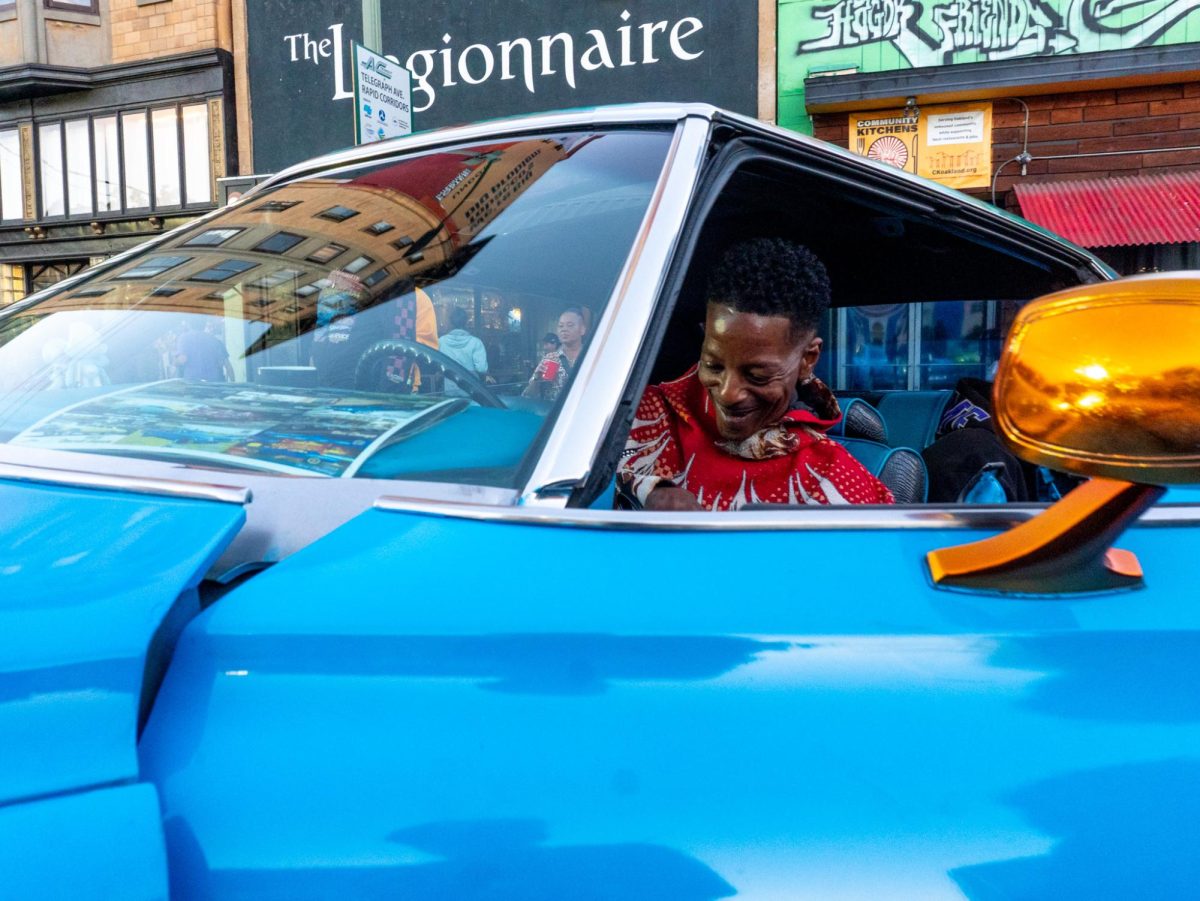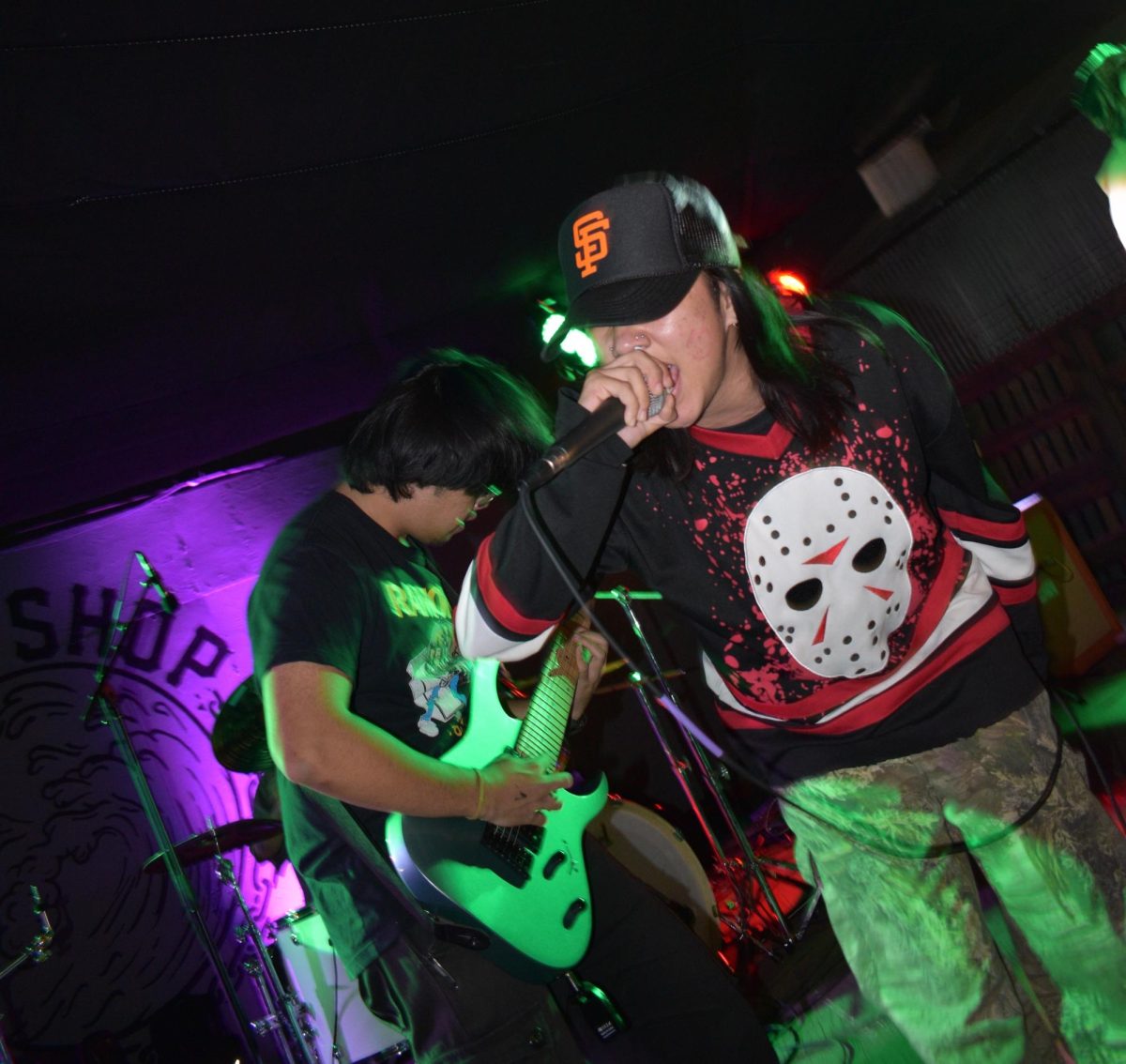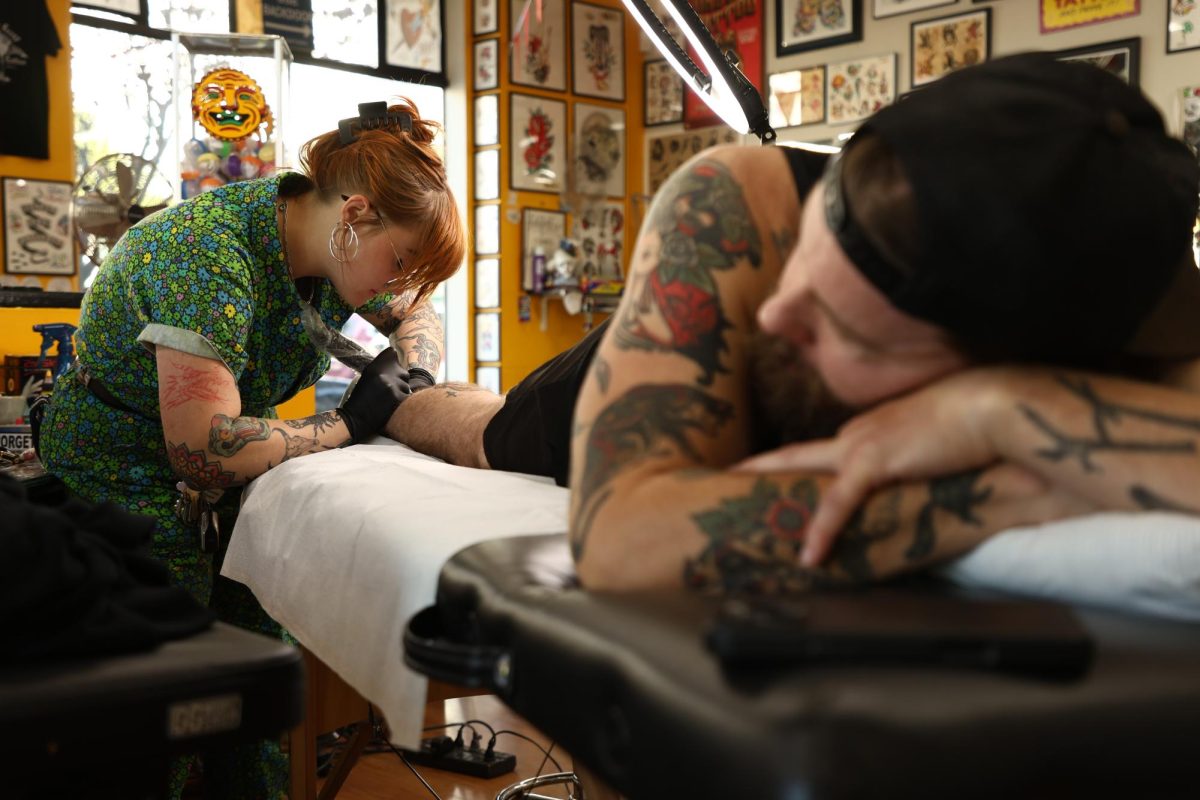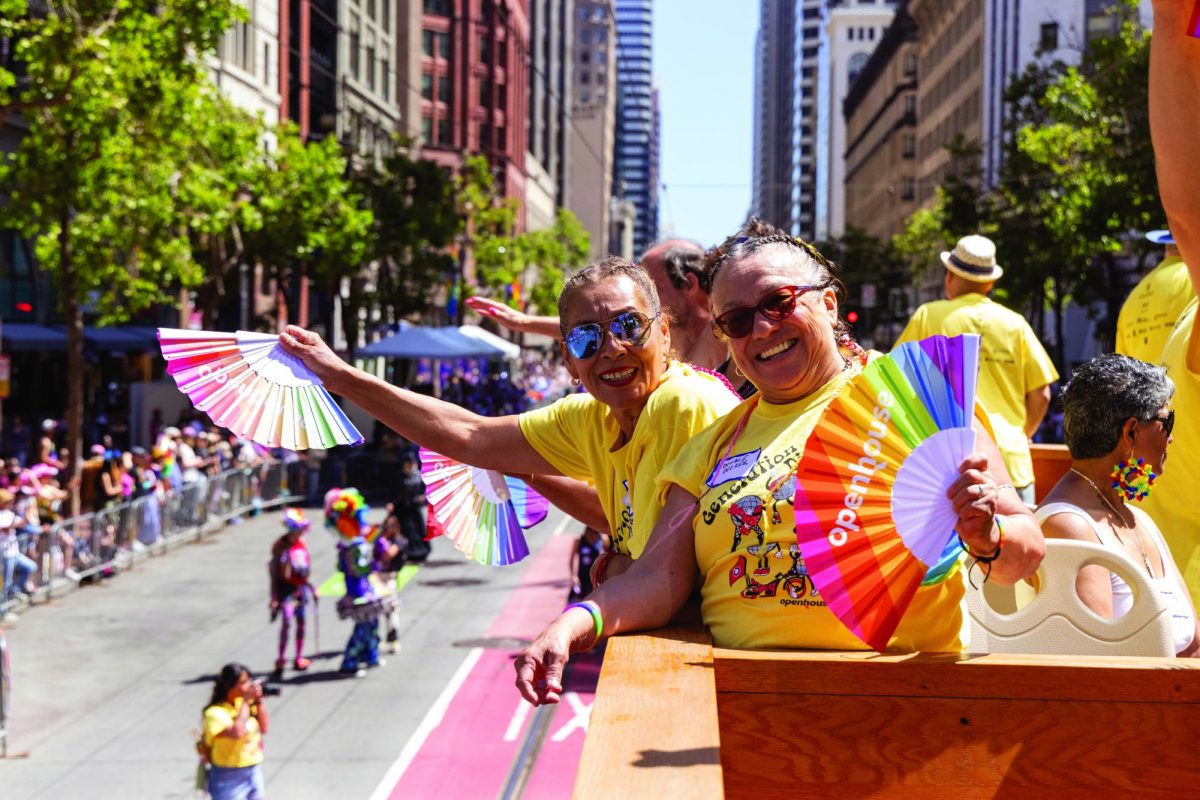
A woman’s appearance has been shown in studies to be one of the top indicators of stress in their daily life. Women tend to pick at all the layers that compose their appearance: their clothing choices, body type, and how their overall style represents them in the outside world. So what if on top of the many layers that the average women is concerned with there was an added coating of sexual orientation?
Fashion designer, scholar, activist, and professor at SF State, Kelly Reddy-Best has immersed herself into the inter-workings of a self-identified, queer woman’s outlook on her appearance through fashion.
“I’m interested in understanding how people experience clothing—clothing identity and experience—and how an individual’s identity influences their experiences in the world. I’m particularly interested in minority populations—populations that are stigmatized — where they experience something negative,” explains Reddy-Best on why she began this research.
The Oregon State graduate began working on this study, which was published in the International Journal of Fashion Design, Education and Technology, in October of this year with her partner and co-author Elaine L. Pederson. They conducted interviews with twenty women, ages ranging from eighteen to thirty-five, who identified themselves as openly queer.
“The women had to identify as female, even if they were transsexual, and they also had to self identify as queer and be out with their sexual orientation because if somebody is not out or hasn’t explored their sexuality they are going to have a different experience,” shares Reddy-Best.

The qualitative-style research lasted two weeks, in which the women had to write daily in diaries about their experiences and how negatively stressed, on a level of one to five, they felt on daily basis due to their experience with their appearance and fashion choices.
“I was really looking for everyday experiences, not blatant discriminations, but everyday feelings of ‘oh I feel uncomfortable’ but you’re still going to go to work but are just unsure about how you feel,” the apparel and merchandising professor says.
The study, which was part of Reddy-Best’s dissertation for her master’s degree from Oregon State, was one of curiosity and a passion to create equality through her many avenues of work.
“I want equality, and as a professor that’s something I can do. I have the ability and the time to think about these things and to show that when you do a study and back it up, you can show people that it is actually happening and that its not just a stereotype,” Reddy-Best declares.
Almost all of the participants in the study had felt a shift in their appearance when they had first came out and most of them wanted to appear overtly queer to the public. Reddy-Best shares that her participants and many members of the LGBT community feel held back because of how they feel they should look and dress.
The study also highlights how different every-day experiences are for queer women compared to heterosexual women, especially in the work place.
“Some women wanted to be identifiable to other queer women, some would just wear a rainbow bracelet to work or cut their hair. For others it would be in the layers of clothing; someone would just wear men’s boxers and it wasn’t necessarily because people would see but because they knew they were wearing it,” the New Jersey native discloses about her participant’s strides to express their sexual orientation through their fashion choices.
Everybody has different layers that could be incorporated to their appearance like race, class, gender, and sexual orientation, which might cause distress in your daily life; for some of the participants in the study they had multiple, conflicting layers – some women were queer and African American, which created additional tension in both their personal and professional life.
At the end of the two-week trial, Reddy-Best and Pederson organized follow-up interviews, where they went over the daily diary entries and pictures the participants had taken and helped them understand what triggered the level of stress they felt on that particular day.
Reddy-Best hopes to keep studying the history of fashion and dress and understanding how and why people wear things. Her second study, which focused on queer women’s shopping experiences and how they identify their style, was submitted to the International Textile and Apparel Association Conference in North Carolina in early November.








